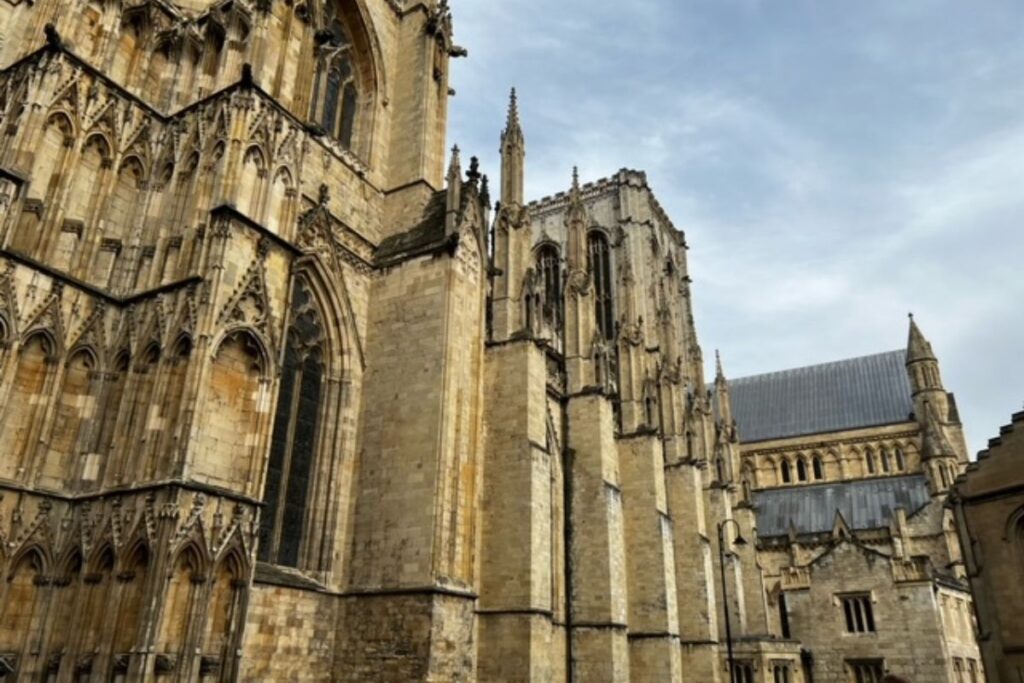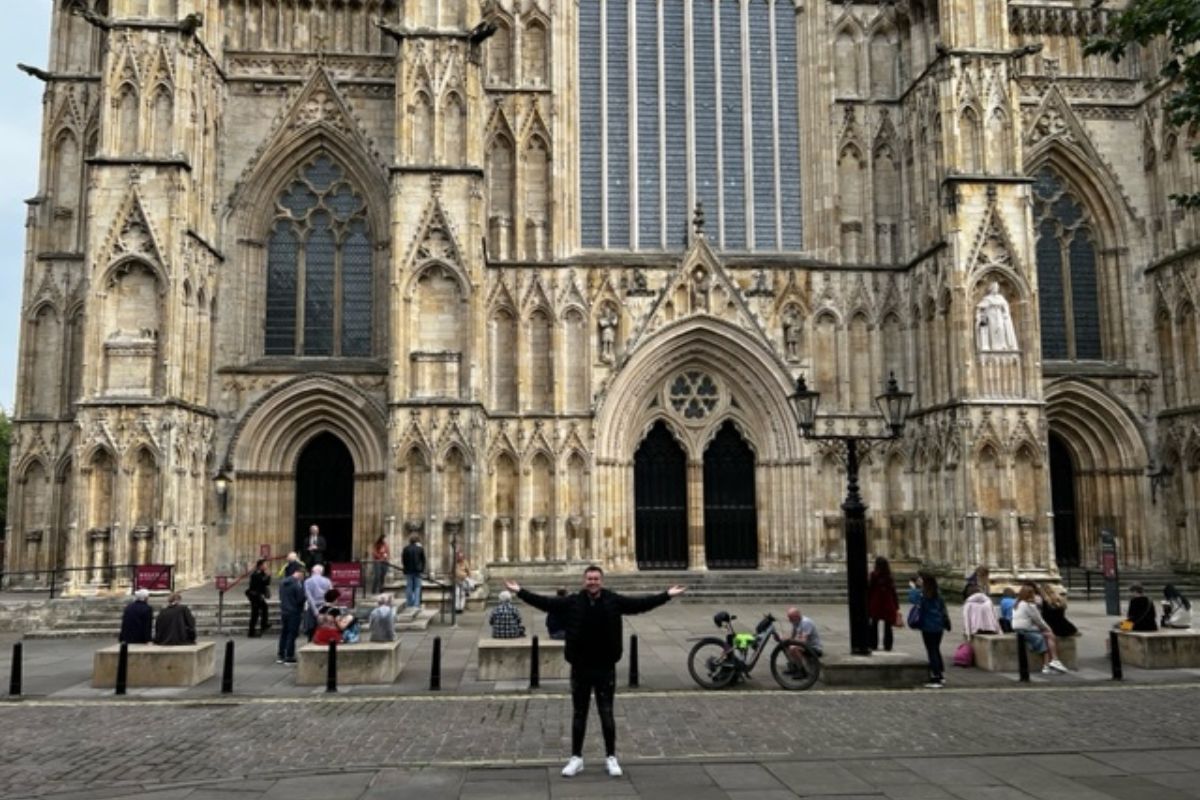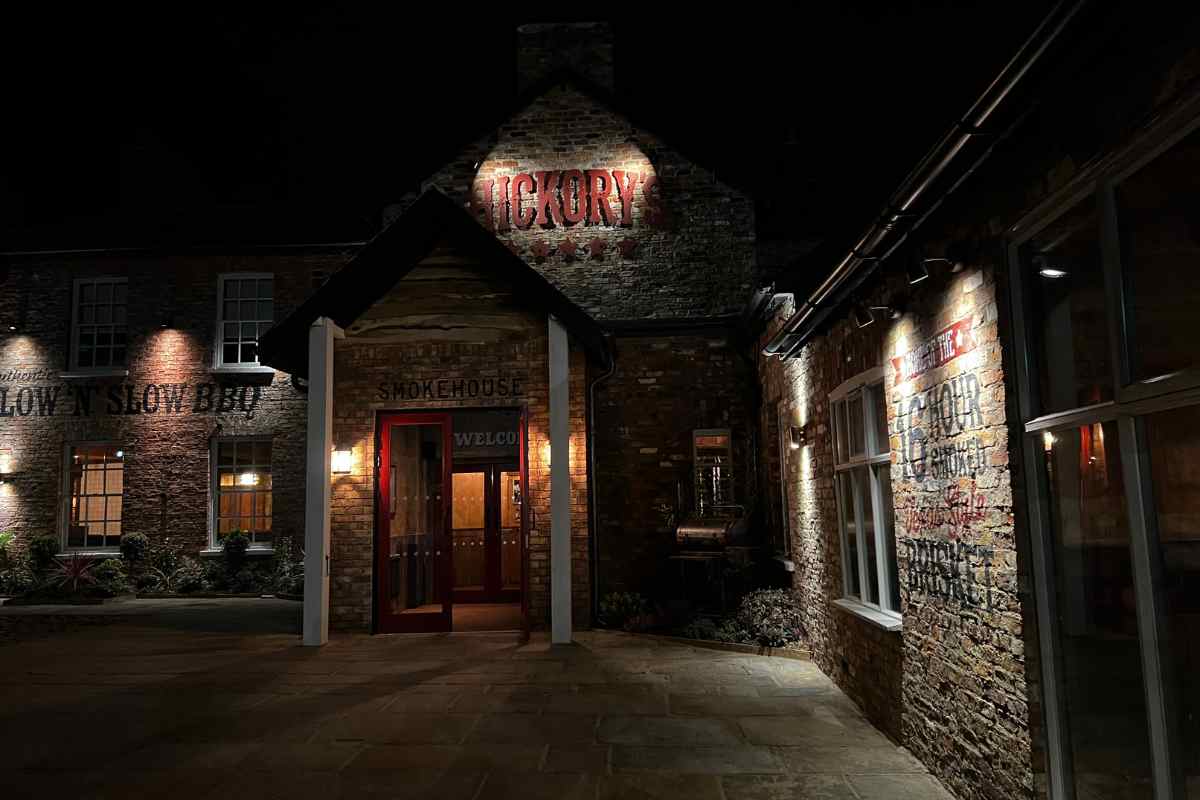York Minster is one of the most impressive cathedrals in the world, attracting millions of visitors each year.
The building’s intricate design and stunning architecture have raised questions about how long it took to build the cathedral.
The answer to this question is quite fascinating, as the construction of York Minster took over 250 years to complete.
Construction of York Minster began in the early 13th century, around 1220, under the direction of Archbishop Walter de Gray.
Initially, the intention was to supplant the existing Norman cathedral with a grander Gothic structure.
However, the project was so vast that it took over 250 years to complete, with many changes made to the original design over the centuries.
The cathedral was finally completed in 1472, making it the largest cathedral completed during the Gothic period of architecture.
It is interesting to note that Cologne Cathedral, a similar structure, was only completed in 1880 after being left uncompleted for 350 years.
A testament to centuries of unwavering dedication and exceptional skill is the construction of York Minster, showcasing the tireless efforts of architects, builders, and craftsmen.
History of York Minster

York Minster is a magnificent cathedral that was built over 250 years, from 1220 to 1472.
It is considered one of the largest Gothic cathedrals in Northern Europe and is an architectural masterpiece that has been inspiring awe in its onlookers for hundreds of years. Take a look at a complete timeline on the official York Minster website here.
The building of York Minster began in the early 13th century with the construction of the nave and the transepts.
The choir and the east end were added in the 14th century, while the chapter house was built in the 15th century. The construction of the cathedral was completed in 1472 after several centuries of building.
During its long history, York Minster has played an important role in great national affairs, not least during the turbulent years of the Reformation and the Civil War.
It has also been the scene of many important events in the history of the Church of England, including the consecration of bishops and the enthronement of archbishops.
York Minster has undergone several restorations and renovations over the years, including a major restoration in the 19th century.
The most recent restoration work on the Minster’s grand organ was completed in 2020. The Minster is open to visitors and offers guided tours (where you can get tickets on the official website or book guided tours on Get Your Guide), exhibitions, and other events throughout the year.
Planning and Design York Minster
York Minster’s construction was a centuries-long process that involved multiple architects, builders, and designers.
The planning and design phase began in 1220 when Bishop Walter de Gray laid the foundation stone for the current building. The initial design featured a simpler structure that was smaller in size than the current building.

Over the years, the design evolved, and new architects and builders added their own unique touches to the building.
For example, in the 14th century, the central tower and the nave were rebuilt with the addition of the famous Great West Window. In the 15th century, the chapter house and the Lady Chapel were also constructed.
The design of York Minster was influenced by various architectural styles, including:
- Romanesque
- Gothic
- and Decorated Gothic
The use of these styles resulted in a unique building that is considered one of the finest examples of Gothic architecture in Europe.
For over two centuries, the planning and design phase of York Minster’s construction unfolded.
The ultimate blueprint was finalized in 1472, signifying the completion of the structure.
It stood as an awe-inspiring achievement, measuring:
- 63 meters in length (206 feet)
- 32 meters in width (105 feet)
- and soaring to a height of 29 meters (95 feet)
This remarkable feat made it the world’s most expansive and tallest medieval Gothic structure.
Planning and designing York Minster proved to be a complex, lengthy undertaking that engaged multiple architects, builders, and designers. Evidencing the skill and creativity of those involved in its construction, the final product stands as a testament to their dedication.
York Minster Construction Phases
York Minster is one of the most impressive Gothic cathedrals in Europe, and its construction is a testament to the skill and perseverance of medieval architects, builders, and craftsmen.

The construction of York Minster took place in two main phases, with the initial construction taking place in the 13th century and subsequent additions taking place over the next few centuries.
Don’t Miss
- My Experience at York Minster’s Phoenix Light Show
Initial Construction
In the 1220s, Archbishop Walter de Gray initiated the construction of York Minster.
Situated on the site of a previous church destroyed by fire in 1137, the new structure embraced the Gothic style with its distinctive features like pointed arches, ribbed vaults, and flying buttresses.
By the 1260s, the nave and transepts had been completed, followed by the choir in the 1290s. The central tower, soaring to a height of 72 meters, was finalized in the 1340s and is supported by four immense pillars, each weighing over 20 tons.
Subsequent Additions
After the completion of the initial construction, subsequent additions were made to the cathedral over the next few centuries.
These additions included the Lady Chapel, which was built in the 14th century, and the Chapter House, which was built in the 13th and 14th centuries.
In the 15th century, the cathedral underwent a major renovation, which included the addition of the magnificent east window, which is over 16 meters high and contains over 1000 individual pieces of stained glass.
The renovation also included the construction of the nave roof, which is one of the largest and most impressive wooden roofs in the world.
Today, York Minster is one of the most impressive examples of Gothic architecture in the world, and it continues to inspire awe and admiration in visitors from around the globe.
Challenges During Construction York Minster

Building York Minster was a challenge that spanned over 250 years.
The construction of the cathedral faced several challenges, including:
Funding
One of the significant challenges faced during the construction of York Minster was funding.
The cost of building such a massive structure was enormous, and the church relied on donations from wealthy patrons to fund the construction.
However, funding was not always reliable, and construction would often stall until more money could be raised.
Construction Delays
Another challenge faced during the construction of York Minster was construction delays.
The cathedral was built in stages, and each stage took several years to complete.
However, delays in construction were common, and some sections of the cathedral took decades to finish.
Weather
The weather was also a significant challenge during the construction of York Minster.
The cathedral was built during a time when weather forecasting was not available, and builders had to contend with harsh weather conditions such as heavy rain, strong winds, and freezing temperatures.
These weather conditions often delayed construction and made it difficult for workers to complete their tasks.
Technical Difficulties
Finally, technical difficulties were also a significant challenge during the construction of York Minster.
The cathedral was built using medieval construction techniques, and builders had to contend with limited technology and tools.
As a result, construction was slow and often required a significant amount of manual labor.
Despite these challenges, the builders of York Minster persevered, and the cathedral stands today as a testament to their hard work and dedication.
York Minster Completion and Inauguration
York Minster took approximately 250 years to complete.
The construction of the cathedral began in the 1220s during the reign of Archbishop Walter de Gray, who initiated the building of the South Transept.

Both the North and South Transepts were completed in the 1250s, and the Central Tower was finished in the early 14th century.
Archbishop Roger of Pont l’Évêque oversaw the replacement of the Minster’s East End in 1154.
Commencing in the late 1290s, the construction of the nave was completed in the early 15th century. Adding the finishing touch in the 15th century, the West Towers adorned the Minster. On 3 July 1297, in the presence of King Edward I, the Minster’s inauguration took place.
Archbishop John Romanus conducted the ceremony, and the King, deeply impressed by the Minster, generously donated a substantial sum of money to support its construction.
York Minster is the largest Gothic church in England, and it is considered to be one of the finest examples of Gothic architecture in Europe.
Its construction took a long time due to the complexity of the design and the use of innovative building techniques. The Minster’s rich collection of stained glass is also a testament to the skill and artistry of its builders.
Restoration and Preservation York Minster
York Minster has undergone many restoration and preservation projects throughout its history.
Throughout its history, the cathedral encountered a series of challenges, including fires, wars, and natural disasters. In 2008, the most recent restoration project began, spanning a decade.
This extensive endeavor focused on restoring the Great East Window, renowned as the world’s largest expanse of medieval stained glass.
The urgency of this restoration stemmed from the peril of the window’s collapse due to the immense weight of the glass and the deterioration of the stonework.
To revitalize this masterpiece, the restoration team applied a blend of traditional and contemporary techniques. They harnessed laser scanning technology to craft a 3D model of the window, providing guidance for the restoration work.
A special protective film was employed to shield the glass throughout the restoration process, effectively mitigating further damage.
In addition to the restoration of the Great East Window, the cathedral has also undergone other preservation projects.
For example, in the 1960s, the cathedral was at risk of collapse due to the weakening of the foundations.
A major restoration project was undertaken to reinforce the foundations and prevent the cathedral from collapsing. The project took several years and involved the use of innovative techniques such as underpinning and grouting.
Crucial for maintaining York Minster’s status as one of the world’s most magnificent cathedrals are the restoration and preservation projects.
These initiatives, driven by the dedication and expertise of restoration teams, safeguard the cathedral’s rich history and ensure that forthcoming generations can perpetuate their appreciation of its beauty and significance.
Conclusion
In conclusion, York Minster is an impressive feat of architecture and engineering.
It took over 250 years to complete the building, with work beginning in the 1220s and continuing until the 1470s.
The cathedral’s intricate design and ornate decoration are a testament to the skill and dedication of the craftsmen who worked on it.
Today, York Minster remains one of the most iconic landmarks in the UK, attracting visitors from all over the world who come to marvel at its beauty and learn about its rich history.





Leave a Reply